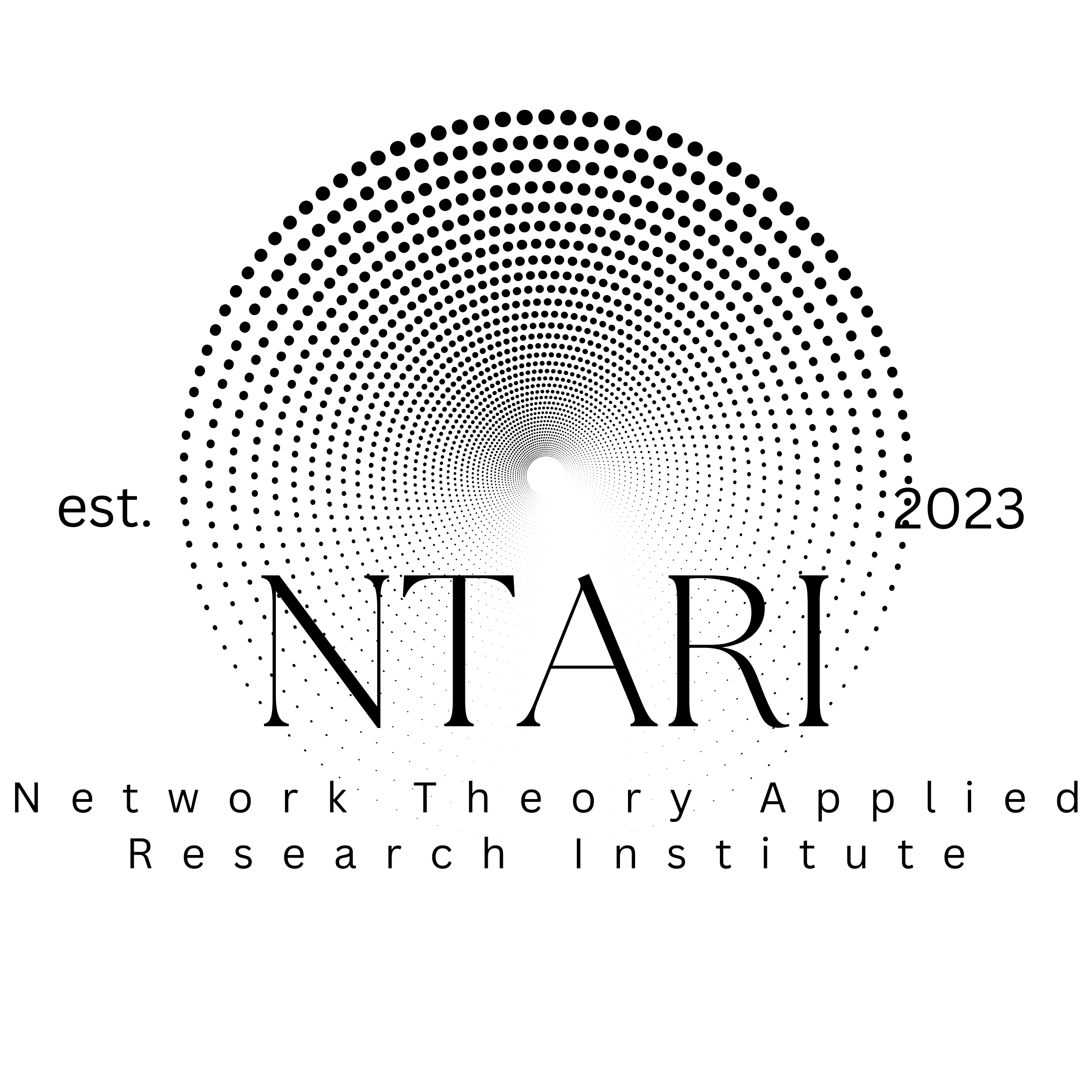Literary Hyperlinks: A Comparative Analysis Across Theological Texts
- the Institute
- 6 days ago
- 4 min read
Introduction
Dr. Timothy Mackie, co-founder of BibleProject, has brought significant attention to what he calls "literary hyperlinks" or the "hyperlink property" of biblical texts. These are "specific words chosen by the biblical authors to recall or connect to other portions" of scripture. This concept refers to the intentional intertextual connections made by authors within the biblical canon, where certain passages deliberately reference, allude to, or reframe earlier texts. Just as digital hyperlinks connect web pages, these literary devices connect different parts of scripture into a complex, unified narrative network.
This analysis examines whether similar intertextual properties exist in other major theological texts across different religious traditions. By comparing these properties, we can better understand how sacred texts function as interconnected narrative systems and how different traditions approach textual authority and interpretation.

The Biblical Hyperlink Model
To establish a baseline for comparison, we must first understand Mackie's concept as applied to the Bible:
Key Elements of Biblical Literary Hyperlinks
Intentional Design: Mackie views these connections not as coincidental but as deliberate literary devices used by biblical authors.
Unified Narrative: The hyperlinks support BibleProject's core premise that "the Bible is a unified story that leads to Jesus" - showing how seemingly disparate texts work together.
Interpretive Function: These connections guide readers in how to understand texts, as demonstrated in the book of Jonah, where "part of the meaning of the book of Jonah is found not just in the ways Jonah mimics established biblical literary patterns, but also in the ways the book inverts them".
Example in Jonah: In the book of Jonah, the first lines "contain hyperlinks to significant details elsewhere in the TaNaK, which provide us with important background information." For instance, the identification of "Jonah as the son of Amittai" connects to 2 Kings 14:25, giving readers crucial context about Jonah's previous prophetic experience.

Comparative Analysis of Literary Hyperlinks in Other Theological Texts
The Qur'an
The Qur'an exhibits a robust system of intertextual connections, both internally and with earlier religious traditions:
Internal Cross-References: The Qur'an frequently refers back to its own passages, creating a self-referential network similar to biblical hyperlinks.
Engagement with Biblical Texts: The Qur'an demonstrates extensive "intertextuality—that is, the engagement of one text with other texts and traditions." For example, "Qur'an 10:98 alludes to the repentance of the 'people of Jonah' (qawm Yūnus), a reference that is more fully understood when read against the background of the story found in the biblical Book of Jonah".
Transformative Reframing: Rather than simply reproducing earlier traditions, the Qur'an often deliberately "counters them when telling its own separate historical account." This suggests a conscious engagement with previous texts similar to how biblical authors reference and transform earlier scriptural content.

Rabbinic Literature (Talmud and Midrash)
The rabbinic tradition has perhaps the most explicit and developed system of intertextual connections:
Explicit Commentary Structure: Unlike the implicit hyperlinks in the Bible, rabbinic literature often makes explicit connections through direct quotation and commentary.
Midrashic Method: The midrashic approach to interpretation involves tracing keywords and themes across biblical texts to reveal new meanings - functionally similar to Mackie's concept of literary hyperlinks.
Layered Textual Conversation: The Talmud's structure, with the Mishnah at the center surrounded by commentary (Gemara) that itself becomes the subject of further commentary, creates a multi-dimensional network of textual references.
Eastern Religious Texts

Buddhist Sutras
Canonical Referencing: Later Buddhist texts frequently reference earlier teachings, creating a web of connections that help validate new developments while maintaining continuity with tradition.
Commentarial Tradition: Similar to rabbinic literature, Buddhist commentaries explicitly connect texts across centuries of tradition.

Hindu Scriptures
Textual Layering: The relationship between Shruti (revealed texts) and Smriti (remembered texts) creates a natural intertextual hierarchy where later texts elaborate on and reference earlier ones.
Puranic Intertextuality: The Puranas frequently retell and expand stories from the Vedas and epics, creating an elaborate network of interconnected narratives.
Distinctive Features of Biblical Literary Hyperlinks
While intertextuality exists across religious traditions, several features make the biblical hyperlink property as described by Mackie somewhat distinctive:
Narrative Coherence: The Bible's hyperlinks support a unified story arc that "comes to fulfillment in Jesus' life, death, and resurrection" - a feature that distinguishes it from some other religious texts with more diffuse narrative structures.
Historical Development: The biblical canon developed over centuries with later authors consciously engaging with earlier texts, creating a dialogue across time within a developing canon.
Design Patterns: Mackie emphasizes how "repetition and patterns in Scripture serve as intentional communication tools" and how understanding these patterns transforms how readers engage with the text.
Conclusion
Literary hyperlinks, as described by Dr. Timothy Mackie, are not unique to the Bible but represent a sophisticated example of a broader phenomenon in sacred literature: the tendency of religious texts to create networks of meaning through internal reference and allusion. Each tradition employs these intertextual strategies in distinct ways that reflect their theological priorities and views on textual authority.
The comparative study of these hyperlink properties across traditions offers valuable insights into how sacred texts function as complex systems of meaning that guide interpretive communities. While Mackie's analysis focuses specifically on the Christian Bible's unified narrative leading to Jesus, the underlying literary mechanisms he identifies have parallels in other theological traditions, suggesting that intertextuality is a fundamental feature of how religious communities construct and transmit meaning through text.
This analysis opens possibilities for further study into how different religious traditions navigate the tension between textual fixity and interpretive flexibility through various forms of intertextual connection.





Comments